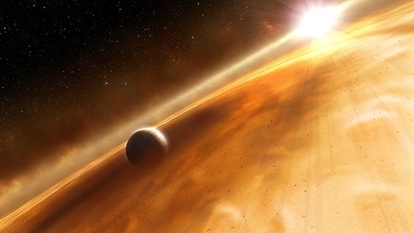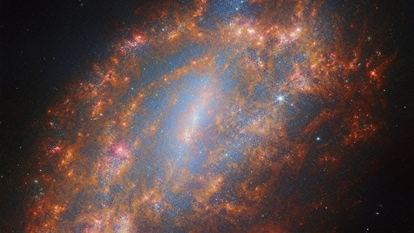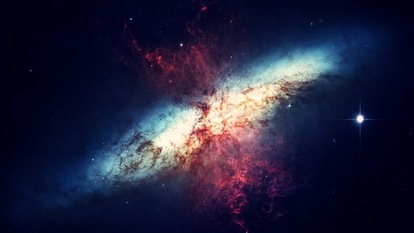Jupiter's moon count jumps to 92, most in solar system
The Jupiter moons were added recently to a list kept by the International Astronomical Union’s Minor Planet Center, said Scott Sheppard of the Carnegie Institution, who was part of the team.

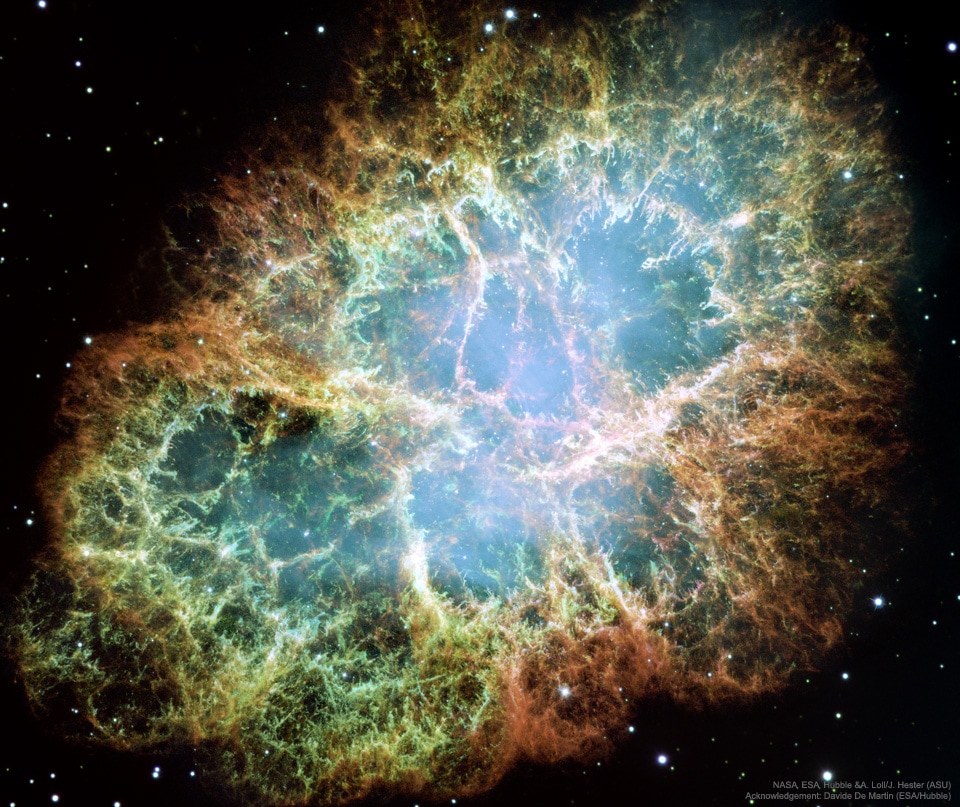
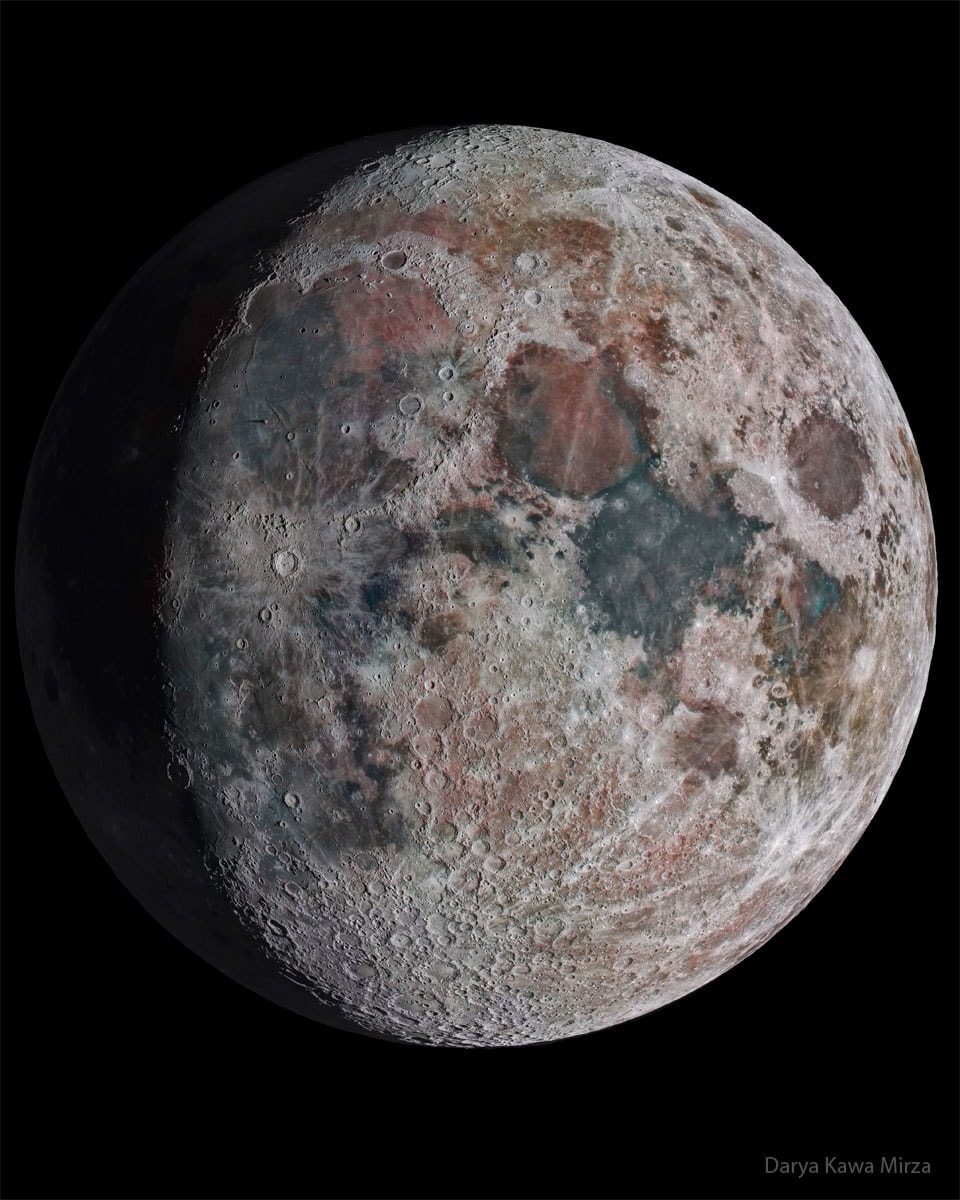
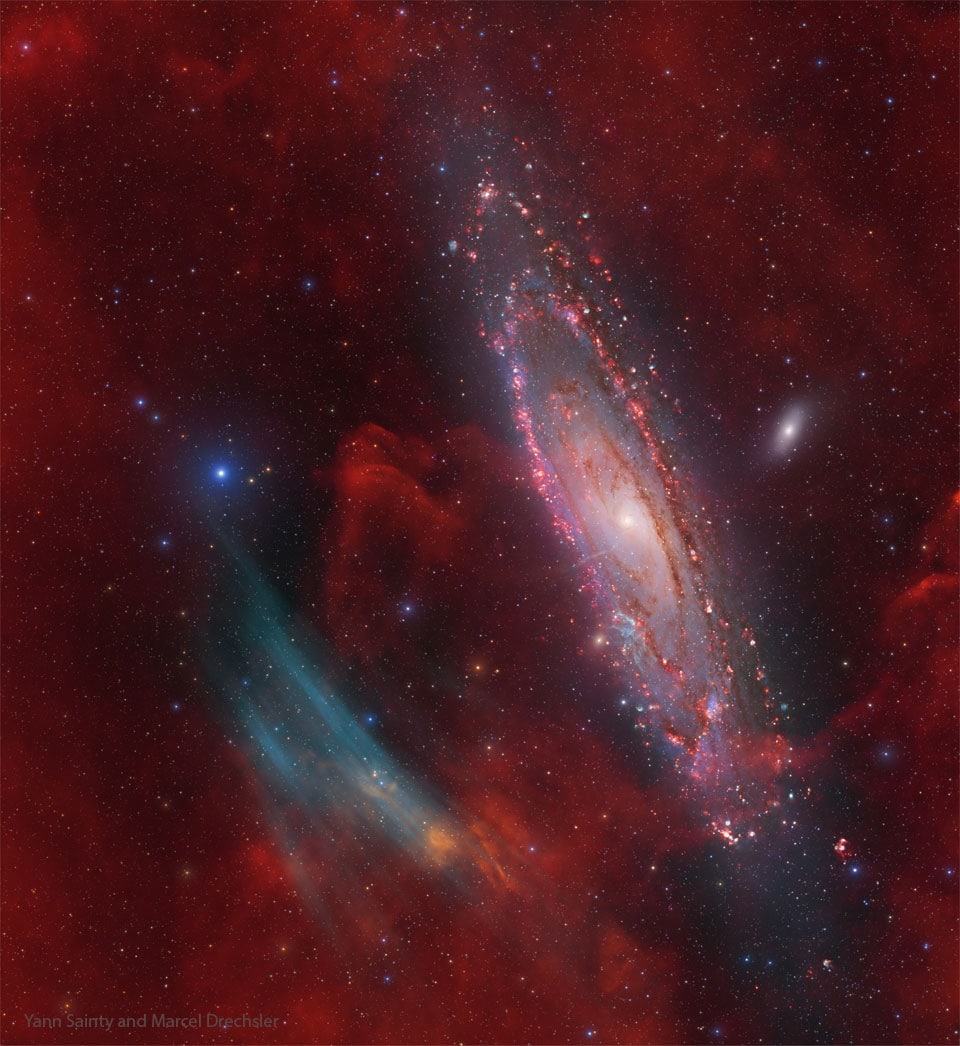
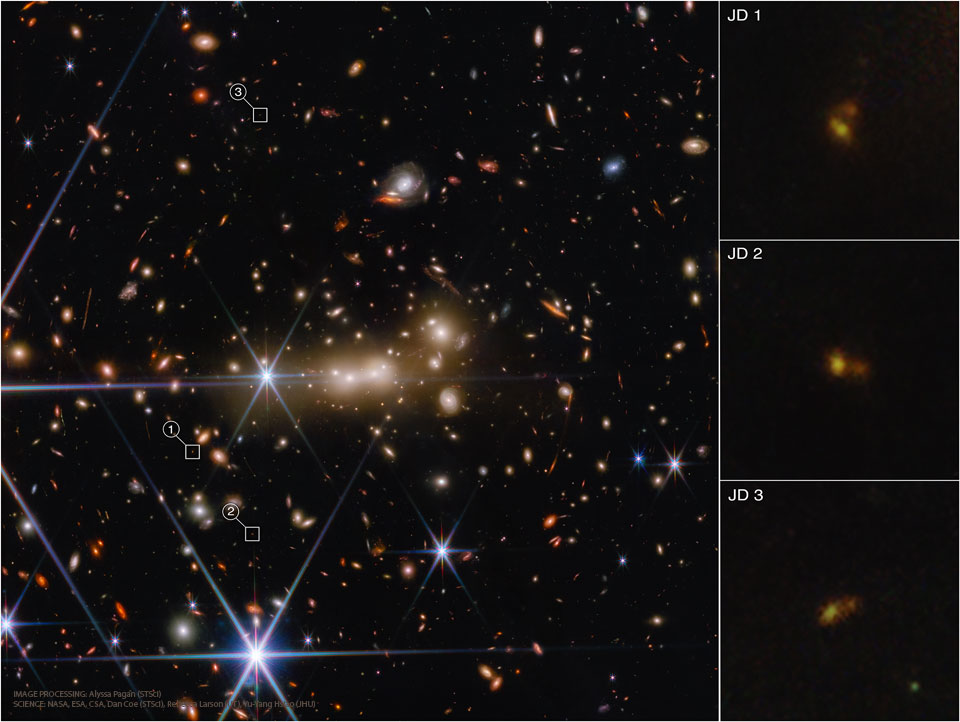
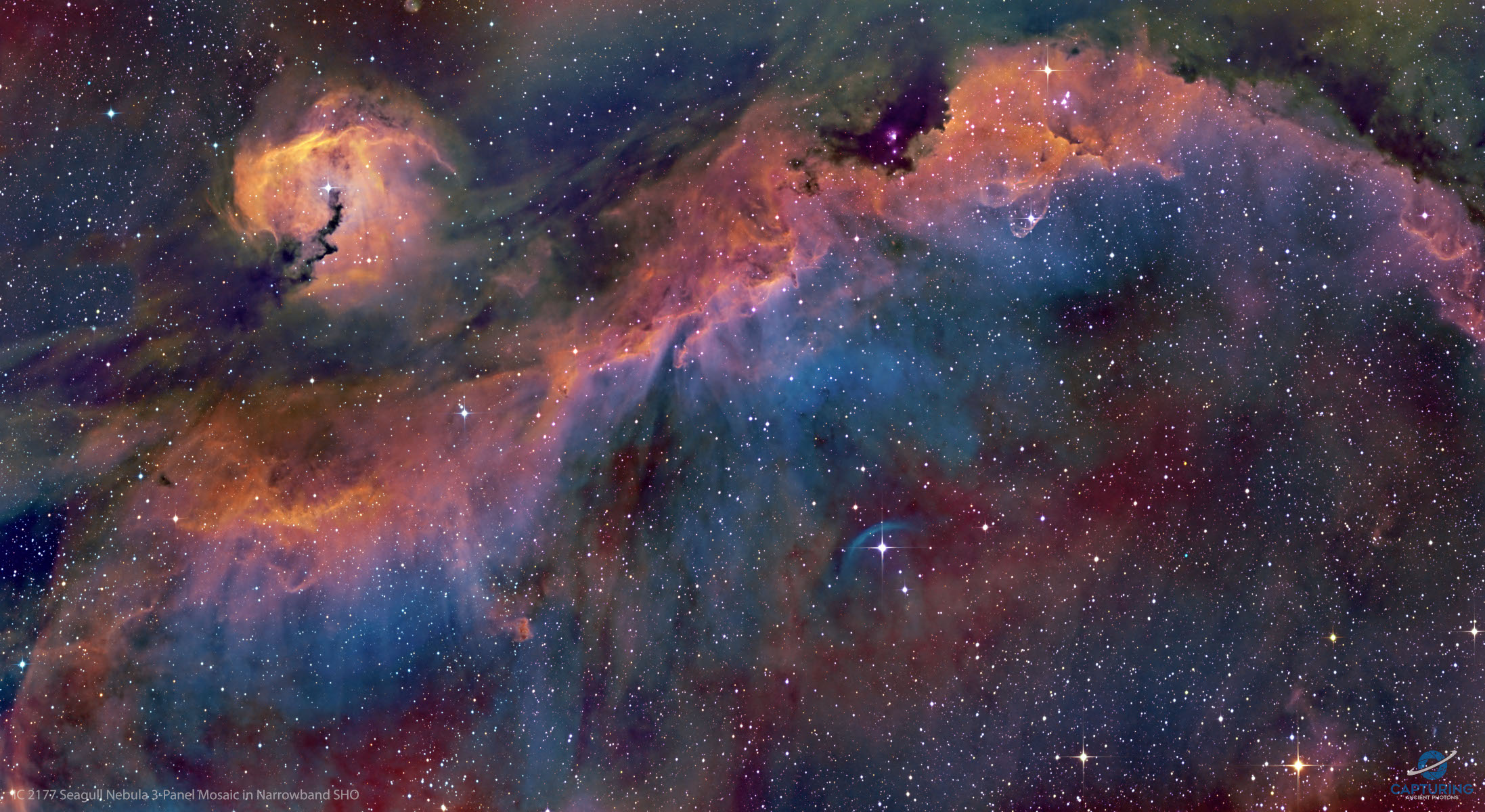
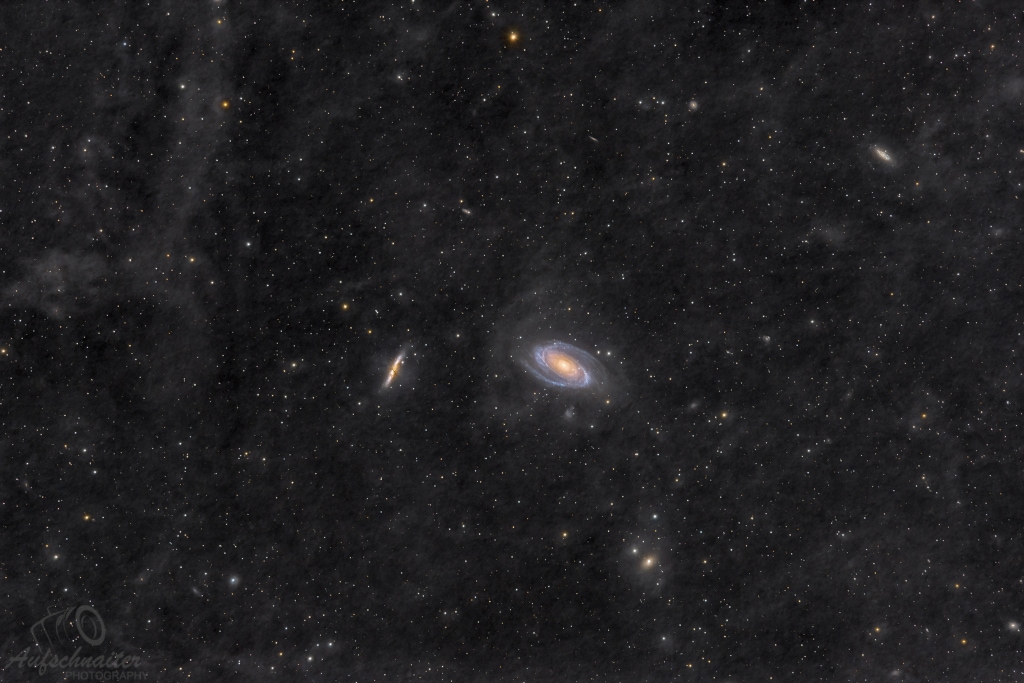
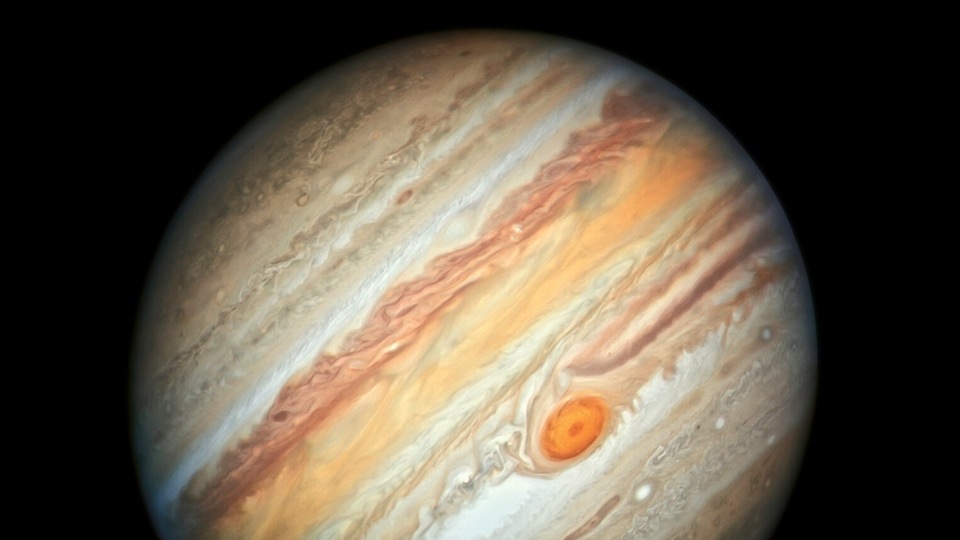
 View all Images
View all ImagesAstronomers have discovered 12 new moons around Jupiter, putting the total count at a record-breaking 92. That's more than any other planet in our solar system. Saturn, the one-time leader, comes in a close second with 83 confirmed moons.
The Jupiter moons were added recently to a list kept by the International Astronomical Union's Minor Planet Center, said Scott Sheppard of the Carnegie Institution, who was part of the team.
They were discovered using telescopes in Hawaii and Chile in 2021 and 2022, and their orbits were confirmed with follow-up observations.
These newest moons range in size from 0.6 miles to 2 miles (1 kilometer to 3 kilometers), according to Sheppard.
"I hope we can image one of these outer moons close-up in the near future to better determine their origins," he said in an email Friday.
In April, the European Space Agency is sending a spacecraft to Jupiter to study the planet and some of its biggest, icy moons. And next year, NASA will launch the Europa Clipper to explore Jupiter's moon of the same name, which could harbor an ocean beneath its frozen crust.
Sheppard — who discovered a slew of moons around Saturn a few years ago and has taken part in 70 moon discoveries so far around Jupiter — expects to keep adding to the lunar tally of both gas giants.
Jupiter and Saturn are loaded with small moons, believed to be fragments of once bigger moons that collided with one another or with comets or asteroids, Sheppard said. The same goes for Uranus and Neptune, but they're so distant that it makes moon-spotting even harder.
For the record, Uranus has 27 confirmed moons, Neptune 14, Mars two and Earth one. Venus and Mercury come up empty.
Jupiter's newly discovered moons have yet to be named. Sheppard said only half of them are big enough — at least 1 mile (1.5 kilometers) or so — to warrant a name.
Catch all the Latest Tech News, Mobile News, Laptop News, Gaming news, Wearables News , How To News, also keep up with us on Whatsapp channel,Twitter, Facebook, Google News, and Instagram. For our latest videos, subscribe to our YouTube channel.








